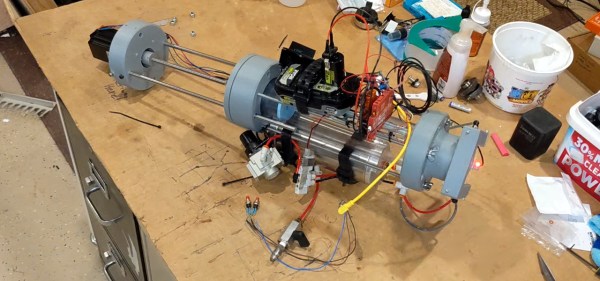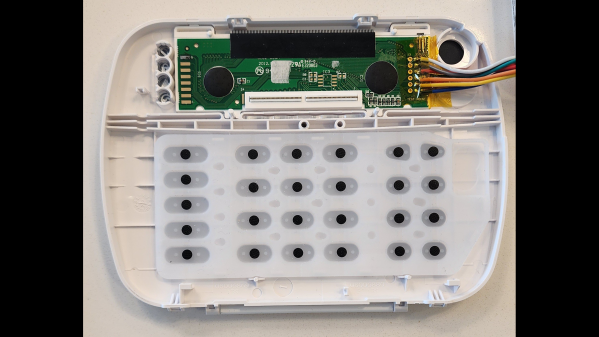If you ever watched a video of Piano Cat and wondered if your cat could learn to play, then [Sebastian Sokołowski] has a possible solution with this combination piano tutor and cat feeder.
Starting with a CNC cut MDF enclosure, [Sokołowski] developed a cat feeder that would fit in the rear of the piano. It had to be reliable, consistent, and easy to disassemble. He walks us through his testing for each of these features and says the feeder was the most difficult part of the project to develop due to the propensity of pet feeder mechanisms to jam.
A custom PCB takes the key presses from the piano (with functional black keys) and outputs the sound from a speaker in the back. Lessons progress through increasing difficulty automatically, encouraging your cat to learn what the different keys can do. Food is dispensed after a performance or on a schedule set through the accompanying smartphone app. All the files are available if you want to build your own, but there is a wait list available if you want a completed version to give to less technically-inclined cat staff.
We’re certainly no stranger to the creatures that rule the internet here at Hackaday, having featured other cat feeders, new research into spaying cats, or even open source robo-cats.
Continue reading “Piano Feeder Gets Pets Playing For Their Supper”

















